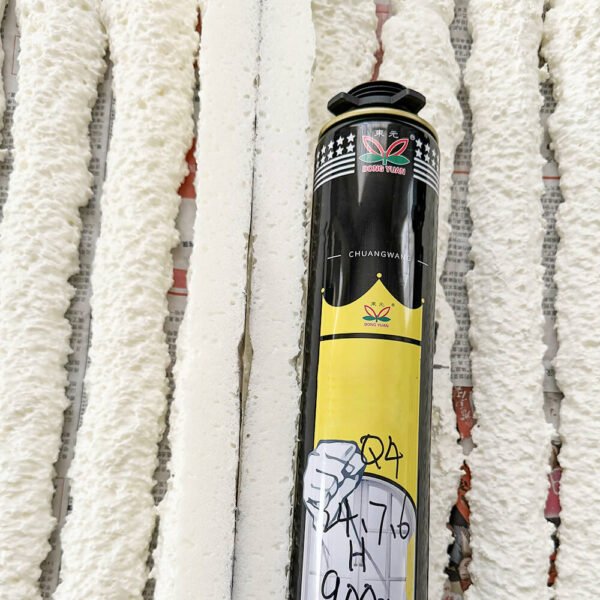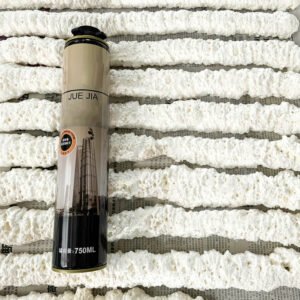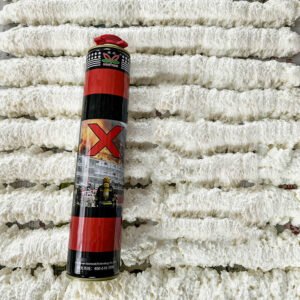Polyurethane Foam Types, Applications, and Benefits Explained

What is Polyurethane Foam?
Polyurethane foam (PU foam) is a versatile polymer material created by reacting polyols and diisocyanates. This chemical reaction produces a lightweight, durable substance with a cellular structure, available in flexible, rigid, or semi-rigid forms. Its adaptability makes it a cornerstone material across industries, from construction to consumer goods.
Polyurethane Foam types
Flexible Polyurethane Foam types
Known for its softness and elasticity, flexible PU foam is widely used in:
- Furniture upholstery (sofas, mattresses).
- Automotive seating and interior padding.
- Soundproofing panels and acoustic insulation.
Rigid Polyurethane Foam types
Rigid foam boasts high density and structural strength, ideal for:
- Lightweight composite panels for aerospace.
- Building insulation (walls, roofs, pipes).
- Refrigeration systems (freezers, cold storage).
Applied as a liquid that expands into foam, SPF is perfect for:
- Air-sealing gaps in construction.
- Waterproofing roofs and foundations.
- Customized insulation for irregular surfaces.
Polyurethane Foam A2
Polyurethane Foam pu foam A2
- High Hardness
- Easy & Convenient
Key Applications of Polyurethane Foam types
Construction and Insulation
Polyurethane foam’s thermal resistance (R-value) makes it a top choice for energy-efficient buildings. Rigid foam boards and spray foam reduce heat transfer, lowering energy costs by up to 40%.
Automotive Industry
From cushioned seats to noise-reducing dashboards, PU foam enhances comfort and safety. It also lightens vehicle weight, improving fuel efficiency.
Furniture and Bedding
Memory foam mattresses, ergonomic chair cushions, and sofa padding rely on flexible PU foam for pressure relief and durability.
Packaging and Electronics
Custom-molded rigid foam protects fragile items during shipping. It’s also used in electronics for vibration damping and thermal management.
Benefits of Polyurethane Foam types
- Superior Insulation: High R-value outperforms traditional materials like fiberglass.
- Lightweight: Reduces structural load in vehicles and buildings.
- Durability: Resists moisture, mold, and degradation over time.
- Customizable: Can be engineered for softness, density, or fire resistance.
- Cost-Effective: Long lifespan lowers replacement and energy expenses.
Polyurethane Foam A3
Polyurethane Foam pu foam A3
- Good adhesion to wood and door
- Stable dimension for filling doors
- High thermal & acoustical insulation
- Foam core is fine and uniform
- CFC-free propellants
Environmental Considerations
Sustainability Efforts
Modern PU foam formulations increasingly use bio-based polyols and recycled content. Manufacturers also focus on reducing volatile organic compounds (VOCs).
Recycling and Disposal
While recycling options are growing, proper disposal is critical. Some facilities repurpose foam into carpet underlay or building materials.
Conclusion
Polyurethane foam’s versatility, efficiency, and adaptability make it indispensable in modern life. Whether insulating homes, cushioning car seats, or safeguarding products, PU foam continues to innovate industries while evolving to meet sustainability goals.








